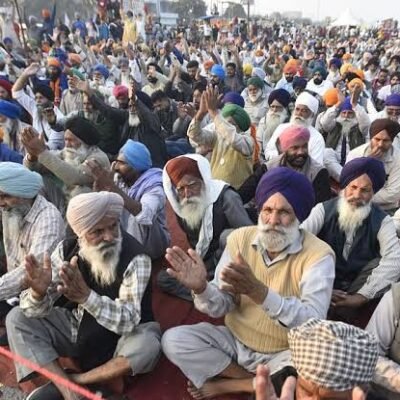One of major four major communist countries of the world, Cuba has its new prime minister after four decades. The last time Cuba had a Prime Minister; it was the revolutionary hero Fidel Castro. Cuba was already aiming for a governmental reshuffle for improved governance. It took its first step by naming Miguel Diaz-Canel to the new position of president of the Republic and removing the last of the revolutionary generation from the council of state.
However, the position of the PM was abolished in 1976 when Castro transitioned to the presidency, taking over from Osvaldo Dorticos after the country’s constitution was restructured and post of the prime minister was eliminated.
To set the stage for its socialist system to survive, on 14 July 2018, Cuban lawmakers approved a draft of a new constitution to replace the island’s 1976 Soviet-style constitution, to assess, refine, and forward the new draft constitution to the National Assembly plenary. The draft contained 87 new articles, increasing the total from 137 to 224 .
The first constitution since the Cuban Revolution was drafted in 1976 and has since been amended. In 2018, Cuba became engaged in a major revision of its Constitution, which was widely discussed by the people and by academics. The current constitution was then enacted in 2019 and was proclaimed on the 10th of April, 2019.
The new constitution includes the recognition of private property, the creation of the role of prime minister, the right to same-sex marriage and the omission of the word communism in the language.
Though Miguel Diaz-Canel took over as Cuba’s president in April, Raul Castro remains head of the party until 2021. He also heads the constitutional reform commission.
Manuel Marrero, 56, has been tourism minister for 16 consecutive years, presiding over a rise in visitors and a hotel construction boom that has made tourism one of the most important sectors of the Cuban economy.
Diaz-Canel cited Marrero’s experience in negotiating with foreign investors as one of his prime qualifications, according to the state media.
Until this year Castro and his brother Raúl held the presidential positions along with Cuba’s other highest positions, like Communist Party’s leadership roles. When Raúl Castro decided to step down as president of the country a new constitution divided the president’s responsibilities between Castro’s successor, Miguel Diaz-Canel, and the new post of prime minister.

The new constitution envisions the prime minister as responsible for the daily operations of the Cuban government as head of the Council of Ministers. The prime minister has a five-year term and is nominated by the president of the position.
Cuba is trying to adapt to a world very different from the one in which the 1976 constitution was written and was implemented in the country, however, under the new constitution, the Communist Party is still the only political party allowed in Cuba to run for the office and rule over this country, and it remains the guiding force for all government policies and even though Raúl Castro is stepped down from the presidency, but still he will continue to play the role as the chief leader of the party in Cuba, which represents the real power.” The Castro family may no longer be in office to rule over the people of Cuba, but their reign isn’t over yet is the driving force of the powers of this country.





